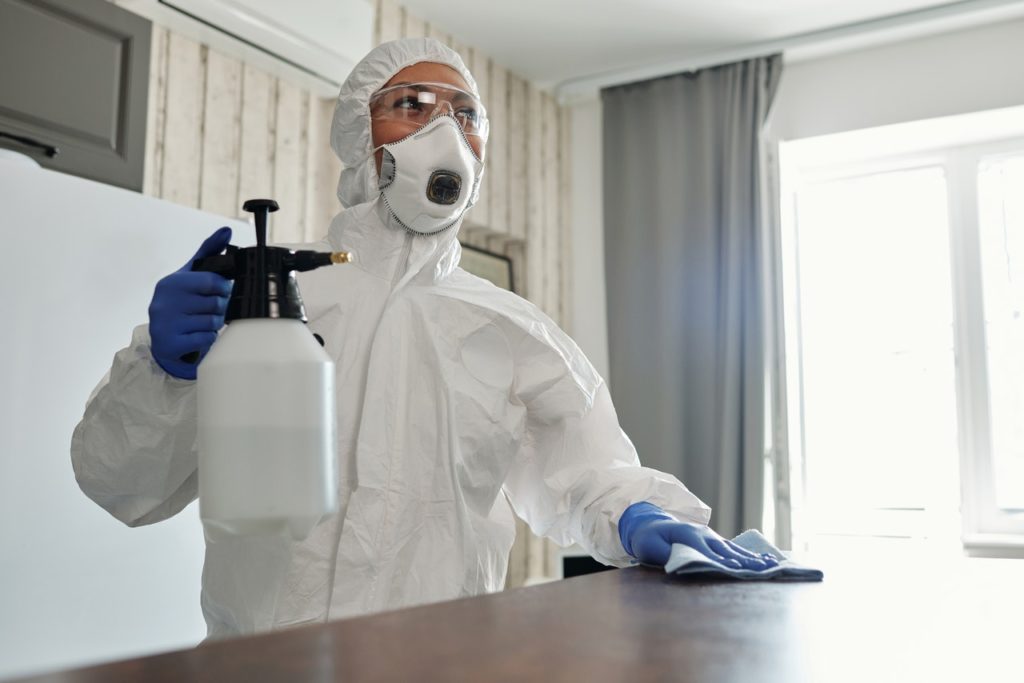After nearly a year of quarantine, the Coronavirus still shows no signs of letting up. But gradually, industries around the world start to open to stay afloat during this crisis. However, reopening a business during this time requires extra care and precaution. If you’re reopening your workspace or building after having closed it during the pandemic, here are some things you’ll need to do before letting your employees back in.
Clean
This can’t be stressed enough. The virus lives up to 5 days on metal surfaces and 4 days on wooden ones and will have died on those surfaces if you’ve been closed for at least that long. But the virus isn’t the only thing you have to worry about. Closing a building or office for a prolonged period will lead to the accumulation of dust. Mold can also accumulate in moist, humid areas that aren’t properly ventilated – a closed office can be one of these areas.
Then there’s also routine cleaning and disinfection. The CDC recommends cleaning surfaces with soap and water then disinfecting them with an EPA-approved disinfectant. In the absence of the latter, you may use a mixture of bleach and water or a 70% alcohol formula.
To make routine disinfection easier on you and your cleaning staff, it’s best to eliminate as many porous materials as possible from the area, as these tend to be arduous to clean. Replace draperies with Venetian blinds, and roll up rugs, and put them in storage.
Refine the facade
When you’re done with the cleaning, make sure to give the outside of your workplace a refresh. Put fresh plants in the reception area or give your window display and update. This is also important for industrial machinery. If your workplace is a plant or factory, see that the industrial tanks are repainted as a fresh coat of paint keeps such tanks from rusting and corroding.

Check on your equipment
Certain pieces of equipment might not hold up after a long period of disuse. At the very least, they might need some minor maintenance. Have your ventilation systems examined and cleaned. Because the virus spreads more easily in closed areas, increase your area’s natural ventilation by opening windows or doors and ensuring that exhaust fans work. Call up a professional – preferably the one who set up the equipment from the start – to examine the equipment and get it up and running for post-COVID operations.
Redesign your office
According to architects and interior designers, the pandemic will change how we design our office spaces. In some ways, it already has. Many restaurants allowing dine-in customers during the pandemic have separated their tables and seats using clear plastic partitions. Go to a public space such as a mall, and you’re likely to see floor markings to remind you to practice social distancing.
Offices that have open floor plans are going to be compelled to separate employees using cubicles. In general, offices may lean towards using closed individual workspaces as these will be better for conducting video calls with co-workers who are working from home. There will also be fewer communal spaces to discourage workers from violating social distancing protocols.
If your company is in retail and uses a closed space such as a conventional brick-and-mortar shop, consider reducing the amount of closed space that you’re occupying. This will keep your customers from lingering inside the store. Assuming that your shop has a website for e-commerce, you should also adopt the BOPIS (buy online, pick up in-store) practice if you haven’t yet, as this will also minimize traffic within your store.
To more efficiently track traffic flow in your office, make sure to limit the number of entrance points. If you can, separate the entrance and exit points. You also need to ensure the safety measure compliance of visitors – if you’ll allow them to enter the premises. In the long run, it will be in your best interests to install contactless fixtures and machinery.
This will help minimize the spread of germs and lessen the number of surfaces that need to be regularly disinfected. Use sensor-operated machinery, particularly for entrance points and bathrooms. These include sensor door locks, taps, soap and sanitizer dispensers, and flush valves.
Reopening your business amid a global crisis is no small matter, and plenty of care and precaution must go into the process. Not only will you keep you and your employees safe as you resume in-person operations, but your clients will also feel safer and more comfortable doing business with you.





